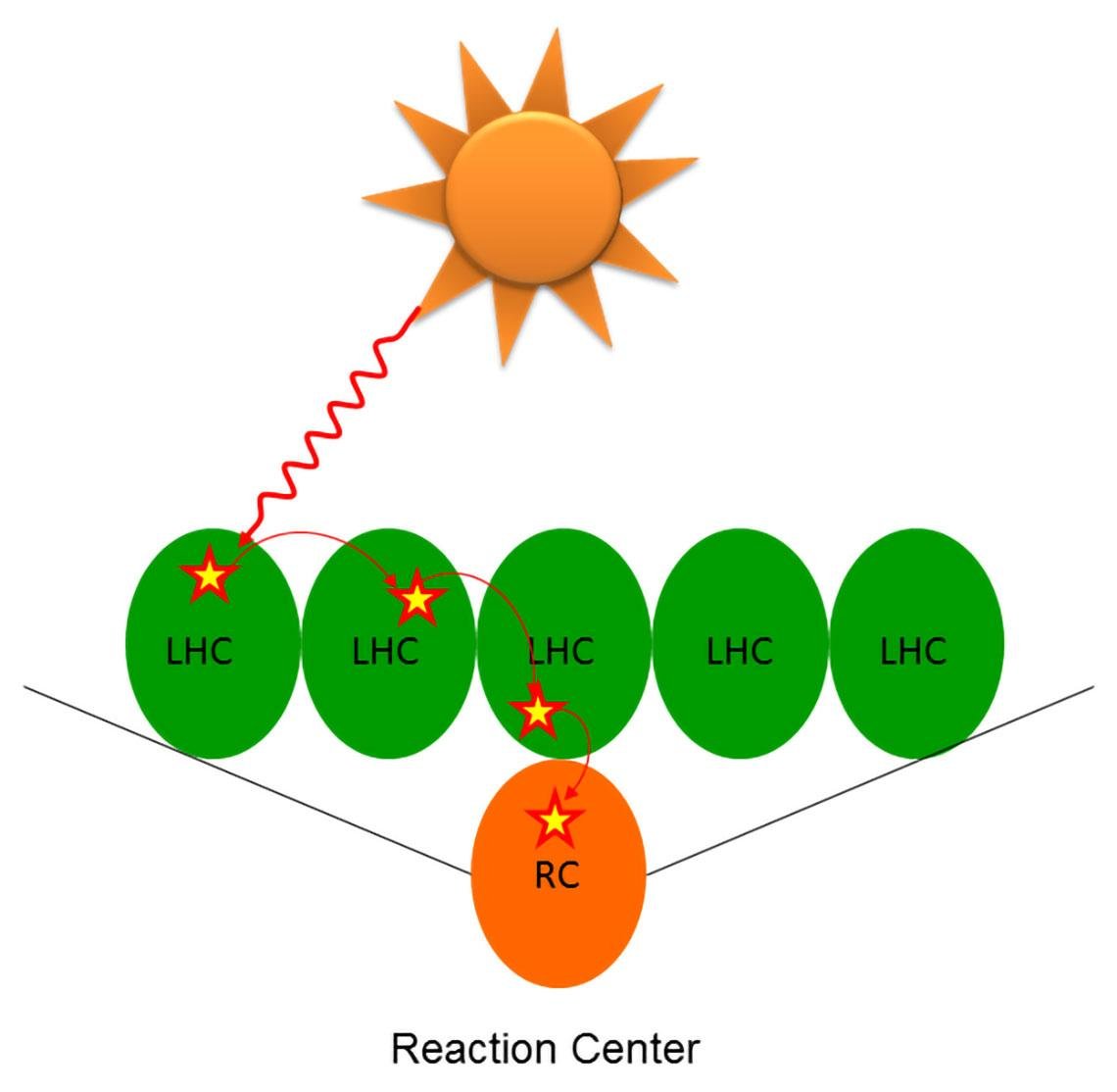
Structure–Function Relationship of the Plant Photosynthetic Pigment–Protein Complex LHCII Studied with Molecular Spectroscopy Techniques
Wieslaw I. Gruszecki
LHCII, the largest plant photosynthetic pigment–protein complex of photosystem II, is a most abundant membrane protein in living organisms and comprises approximately half of the pool of chlorophyll molecules in the biosphere. The principal role of this pigment–protein complex is to collect sunlight quanta and transfer electronic excitations toward the reaction centers, where the primary photosynthetic electric charge separation reactions take place. The LHCII protein, as a major protein component of the photosynthetic membranes, modulates also the structural and dynamic properties of the lipid phase of the membranes. According to the recent concepts, one of the physiological roles of LHCII is also a protection of the photosynthetic apparatus against oxidative damage caused by illumination with high intensity light. Detailed examination of all those physiological functions of LHCII, in relation to the complex structure, was possible owing to the application of several molecular spectroscopy techniques. Some examples of such studies are presented in this chapter. The examples of application of steady-state and time-resolved fluorescence spectroscopy, Fourier-transform infrared absorption spectroscopy, and resonance Raman scattering spectroscopy are presented and discussed.
